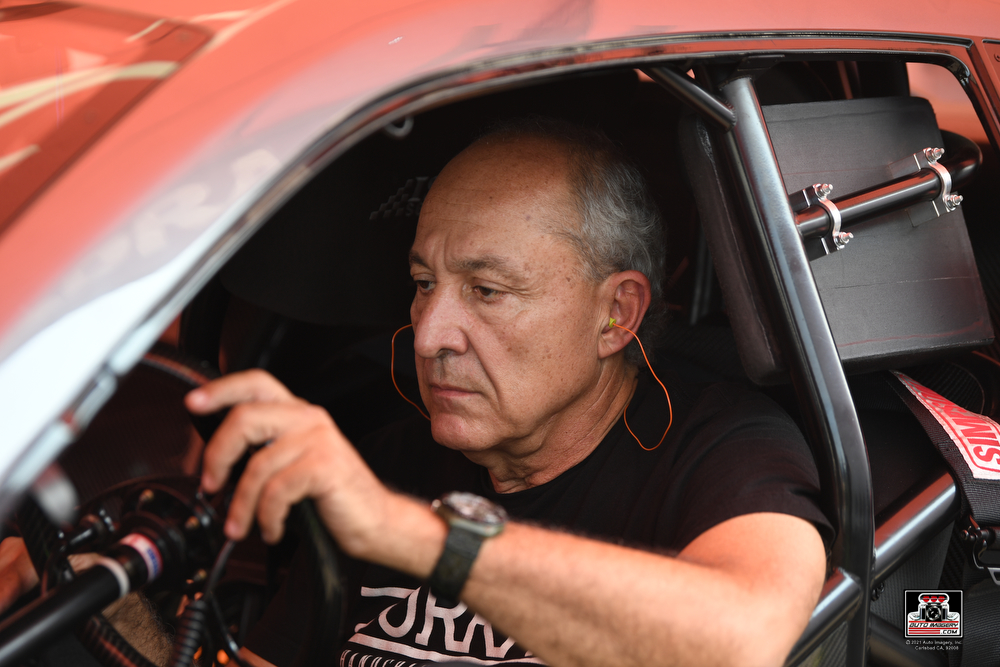FERNANDO CUADRA SR. WATCHING HIS VISION AND DREAMS PLAY OUT IN PRO STOCK
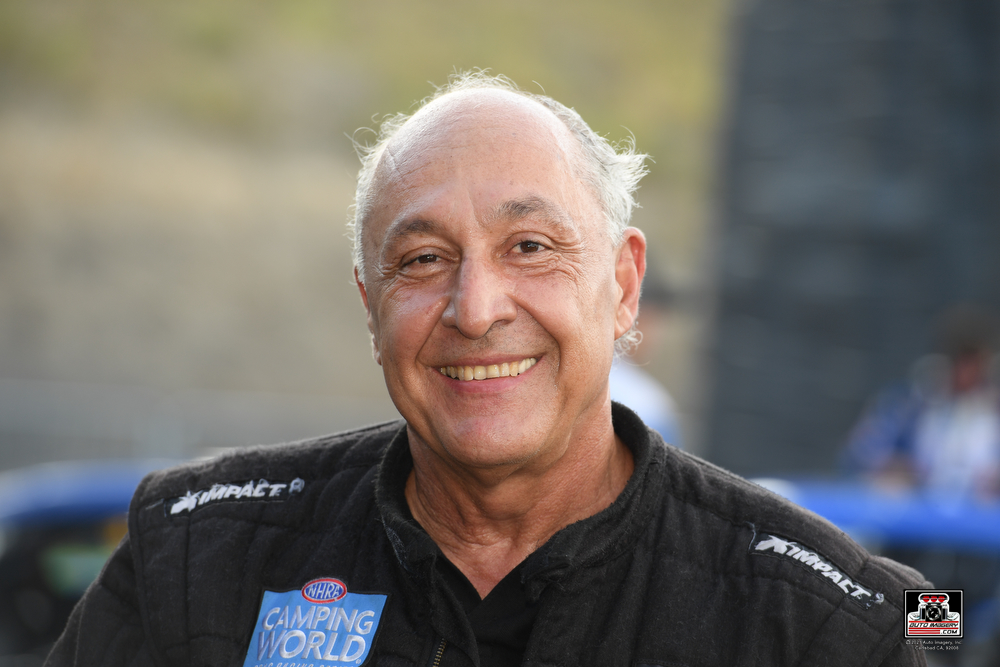
It was what the proud father had envisioned ever since he sought to make a name for himself and his family on the grand stage of drag racing.
“Family for us means a lot,” Cuadra said. “I work my life to give it to my sons. They’re very respectful. So the rules I set with them is you learn from the ground up, you finish college, period. Then you work in the company from the ground up. You’re the owner, yes, but you have to learn how to clean things. If you don’t know how to clean, how you can say that it’s not clean? That’s a principle.”
Then there’s the evening dinner table where Cuadra and his sons have a tradition of getting together. The conversation could easily focus on Cuadra’s battle to make a name for his family in the straight-line spot.
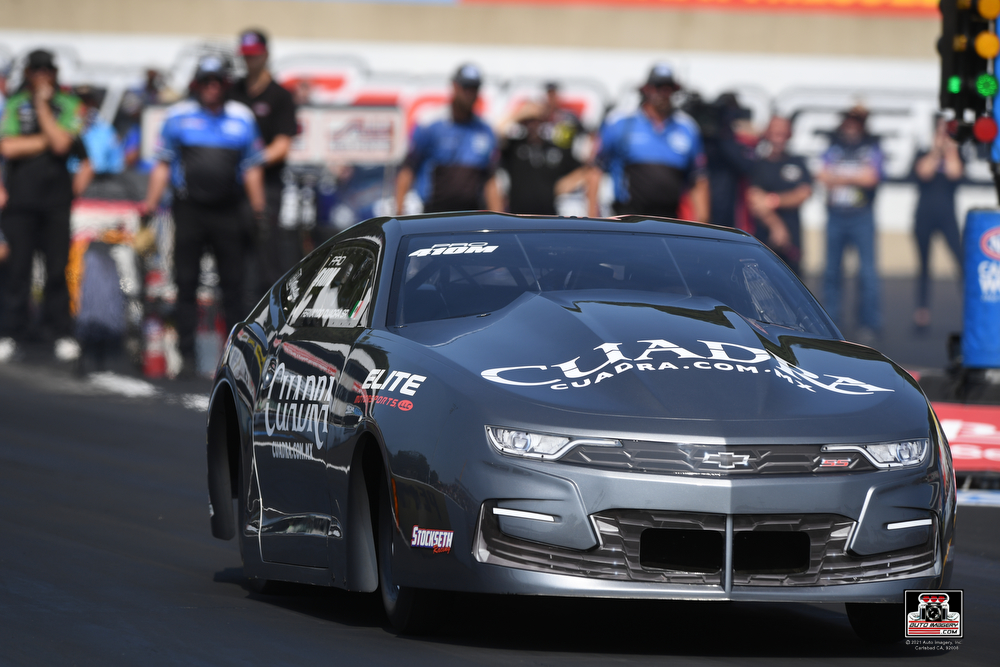
“They told me, “Come to Mexico, Monterrey and you will see [how great the drag racing is],” Cuadra said with a smile. “So I qualified last, and I lost first round.”
Cuadra took drag racing as a challenge and, by 1991, was a major event winner. In the following years, Cuadra began building his legend as a Mexican drag racer with success in his native country.
“I have seven championships in Mexico,” Cuadra confirmed.
This ball of momentum would come crashing down in 1997 when Cuadra crashed his Top Sportsman-style car, leaving him with a broken neck. Cuadra realized, as notable as his drag racing achievements had been to this point, if he wanted something solid, it would need to be in the United States.
“United States is the cream of the cream,” Cuadra said. “That is no comparison. There is a lot of competition, but there is a lot of good drivers in Mexico. That’s the difference. But we don’t have the access of the tools, the equipment, the engines, the facility. That’s what we were missing on the equation.”
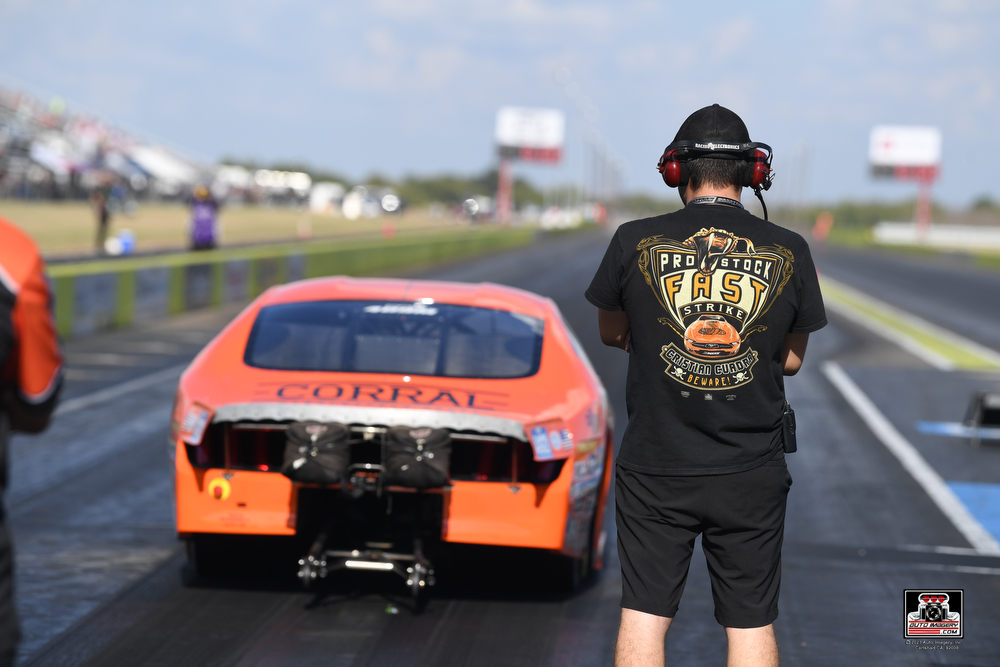
Cuadra then hooked up with Frank Iaconio, and at the 2004 NHRA Vegas Nationals in the fall, he finally reached a milestone in qualifying for his first race.
“They told me I wouldn’t qualify again in Pomona, and we did,” Cuadra said.
Finally, Cuadra reached the next level as the season closed in 2004. That’s when tragedy struck, and drag racing became an afterthought. A Tsunami hit Indonesia, wiping out an essential element of Cuadra’s Corral Boots business on the island of North Sumatran.
“I didn’t have a clue what a tsunami was,” Cuadra admitted. “When I saw the catastrophe, it was like, holy cow. So, I flew back to Indonesia and couldn’t land at the place where it hit and where it was all my belongings. So, I stayed for three months. Of course, everybody died. It was more than 1500 people working to die completely. There is no second generation turn everybody, wash out.”
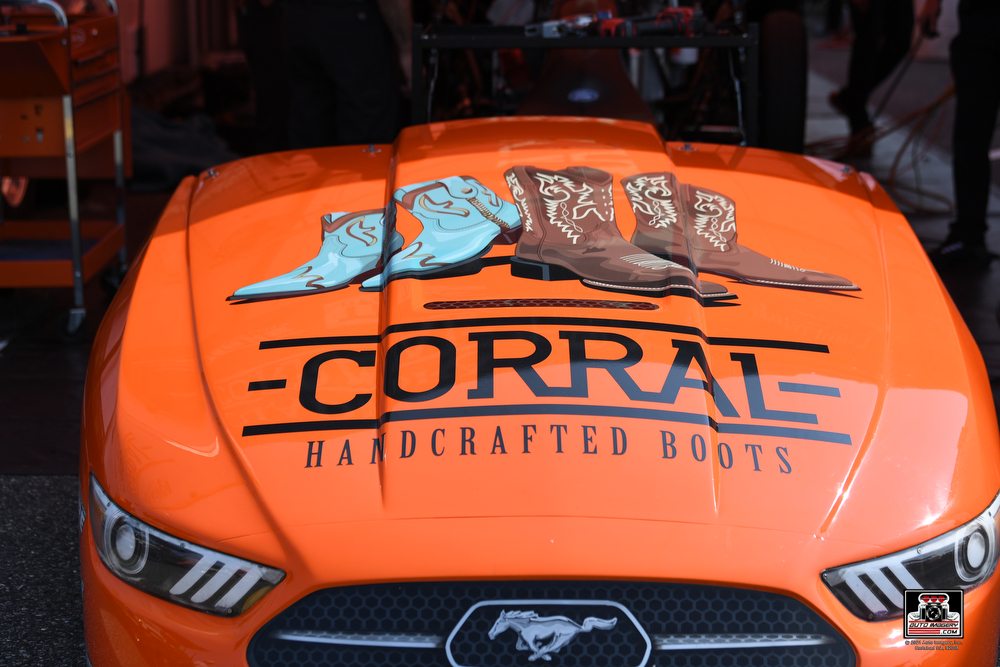
Cuadra’s business ground to a stand-still because, in Indonesia, the raw materials needed to make the product were gone. He began seeking alternative locations to produce those materials and used neighboring countries to rebuild his business which now employs over 7000 employees and delivers product to as many as 27 countries.
With the company back on stable ground, in 2017, he and his son Fernando Jr. visited the NHRA FallNationals at the Texas Motorplex.
“My son asked, ‘Why don’t you come back and race again?” Cuadra said. I said, “Well, I’m not sure.”
Cuadra reattained his Pro Stock license with the help of KB Racing. he began a racing program with the championship team from Mooresville, NC, and success came early and often. However, it became clear to Cuadra that renting horsepower was not his plan, and he left KB Racing on good terms.

It didn’t take Cuadra long to figure out an independent Pro Stock team was an upstream swim.
Pro Stock team owner Richard Freeman stepped in and offered technical assistance to the Cuadra Family. It was the break Cuadra had always needed.
“Richard told me, ‘We can teach you, we can help you, we can give you a gentleman’s agreement, shake hands, but this is the rules,” Cuadra revealed. “So I said, ‘Perfect.”
“I’m not moving anywhere anymore. I’m going to stay as long as they want me to. They adopt my sons like their own sons. You know?”
Now Cuadra seeks his family’s first win instead of just wanting to qualify. He seeks for his family to be part of national history in the class. This season the family has accounted for 16 round wins headed into this weekend’s NHRA Nevada Nationals. Last year, they had six all season long.
“Mexicans never qualified in 50 years of Pro Stock, and we did,” Cuadra proudly proclaimed. “We want to be the first to win a Wally. So ask yourself, how much would it mean to be the first in your country to win a Wally? And to do it in the most competitive drag racing in the world?”





